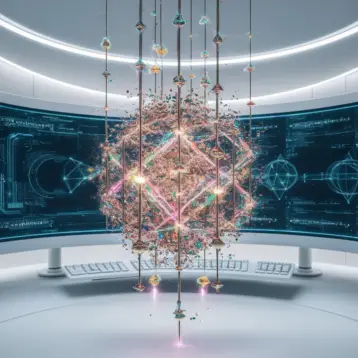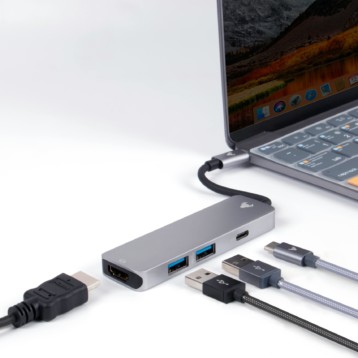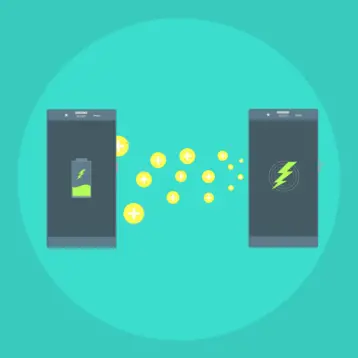The central event in the “no-driver-needed” auto-business is the DARPA (The Defense Advanced Research Projects Agency) Grand Challenge competition. Every year, teams from all corners of the world take part in a car race held by the agency, in which self-automated cars must follow a specific path and rewards are granted to those whose vehicles successfully complete the track without getting stuck in a bush, crashing into a rock or driving into a traffic circle.
This year a team of researchers and students from the Massachusetts Institute of Technology (MIT) is participating in the event, which will be held on November 3rd. Their “Robocar”, as they name it, will have to safely maneuver through 60 miles of urban surroundings and complete a number of military supply missions in under six hours. The MIT team, competing for the first time, is one of the 53 teams selected to participate in this year’s challenge.
The specific route will not be revealed until just a few weeks before the competition, and therefore the vehicle should be able to handle many kinds of traffic challenges it might meet on its way – intersections, traffic circles and other obstacles.
The self-piloted “Robocar” uses multiple laser range-scanners, high rate video cameras and automotive radar units. At any given moment, the car constructs a “local map”, built in real-time as the road progresses. The map is based on information from the devices installed in the Land Rover LR3 with 40 central processing units performing data analysis. The map provides the car with necessary information about the immediate borders of the road and other nearby objects, like lane markings, stop signs and other crucial signals for the virtual driver.
The MIT-team is led by John Leonard, an Associate Professor of Mechanical and Ocean Engineering at MIT. Although they are first-timers, Prof. Leonard believes his team has a new perspective on the task with new ways of attacking the problem, and therefore does not have a disadvantage compared to the other teams, some of which will be participating for the third time. The pioneership, in fact, pushed the team’s motivation even further and resulted in harder and more effective work, he says.
The team is divided into three groups: Vehicle Engineering led by Associate Professor David Barrett of Olin College, Control and Planning led by Jonathan How, MIT Associate Professor of Aeronautics and Astronautics, and Perception, led by Seth Teller, Associate Professor in the Department of Electrical Engineering and Computer Science.
According to Teller, the broad range of scientific fields of the MIT team members is an additional advantage. “They have made amazing advances in such a short time. I would be surprised if other teams have individually discovered all the things we have come up with on our own, in the half year or so that we have been focusing on this effort.”
The purpose of this competition is more than just experimenting for fun: the Pentagon is more than happy to welcome these self-driving vehicles into its arsenal, using them as military land vehicles for supply missions. It looks as though the development is so efficient that the goal is to start using these vehicles already by 2015.
More information about the challenge can be found here.










